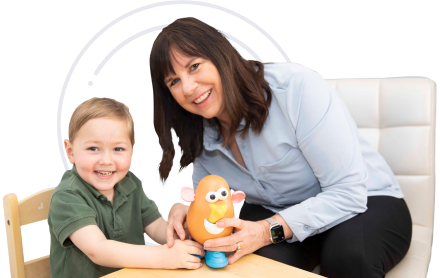Why is My Verbal Behavior Approach to Autism Different and Better?

Want to Learn how to Increase Talking & Decrease Tantrums in Children with Autism or Toddlers Showing Signs?
Want to start making a difference for your child or clients?

My verbal behavior approach to autism has been carefully molded over my past two decades of work in the autism field; as a result, I now have what I believe is a very effective formula, to start turning autism around. In episode 15, I’m sharing with you 10 different ways that my autism therapy approach is different and, in my opinion, better than any other approach out there.
Throughout my two decades of experience in the autism field, I’ve worked with some of the best professionals in the field. I also come from the perspective of a BCBA-D, RN, and autism mom. In fact, I didn’t join the autism community until my son, Lucas, was officially diagnosed. I’m also a best-selling author, so I wear many different hats as a professional… and each hat provides me with a different perspective. My approach may seem unconventional to some, but I come from a different background that has aided me throughout my career.
My approach is not complicated; I try to make it as low-key as possible so that I can best help the parents and professionals in the autism world. For parents who have never been exposed to autism, I know from personal experience what it’s like when your child is first diagnosed with autism—it’s the most overwhelming feeling in the world. That’s why my approach is more about looking at the whole forest and not just the individual trees.
When my son was diagnosed with autism, I never anticipated the change it would have on my life. At first, I only wanted Lucas to be able to lead his safest, happiest, most independent life. Now my goal has evolved and I want to see everyone with autism lead that sort of lifestyle. With my approach, I believe it’s possible.
Mentioned In This Episode:
Subscribe & Review in iTunes